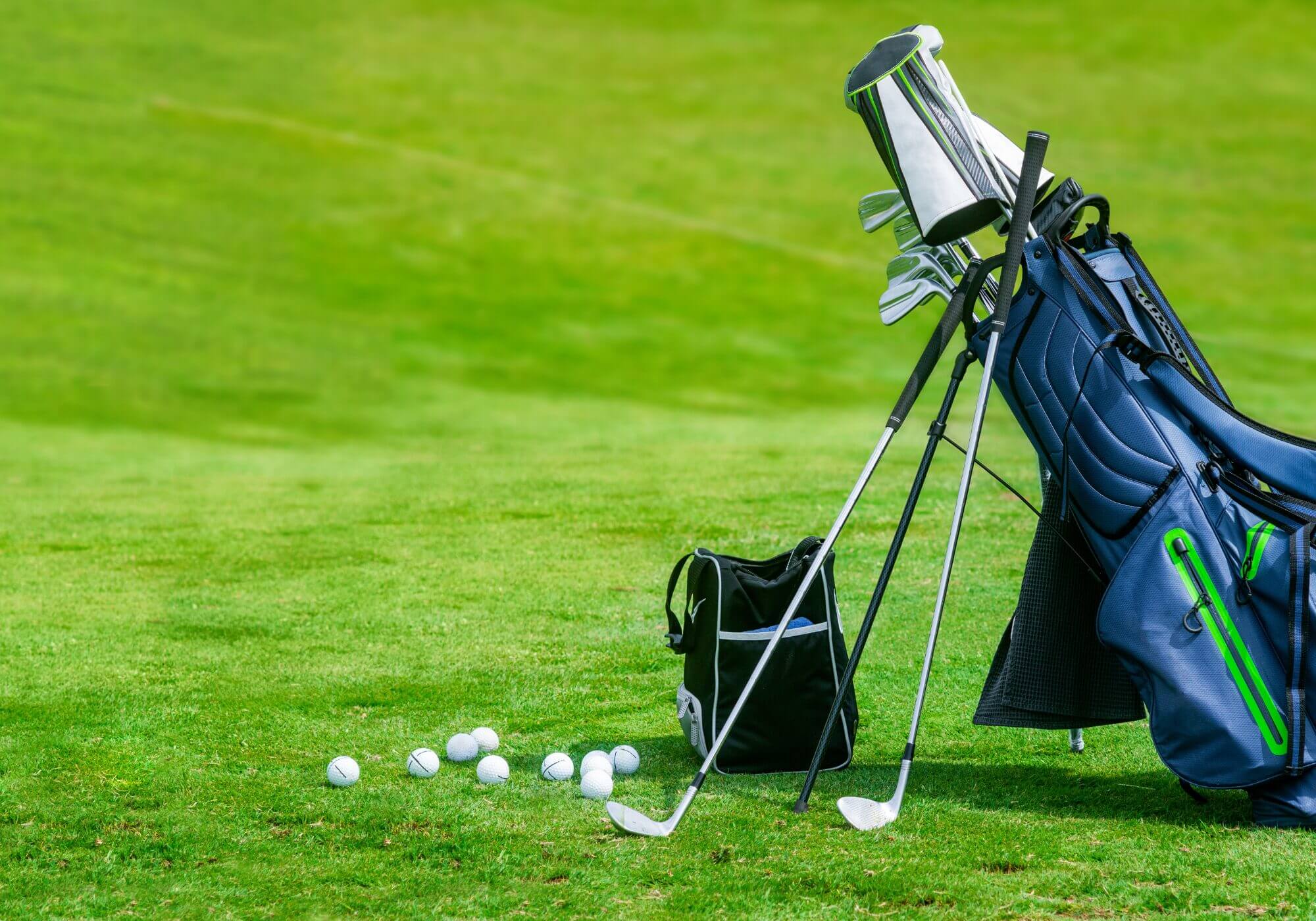Just lately, I watched a scholar apply on the vary with textbook kind. Lovely setup, clean takeaway, excellent place on the prime — all the things seemed flawless via the primary three-quarters of his swing.
Then got here the predictable breakdown: 20 consecutive pictures the place he’d get up via affect and blade the ball throughout the vary.
After one other skinny shot skipped towards the 150-yard marker, he checked out me with real confusion. “I really feel like I’m doing all the things proper,” he mentioned.
That is the curse of early extension — one of the widespread swing flaws I see, and one of the damaging to ball compression. After 20-plus years of educating, I’ve realized that golfers who get up of their swing aren’t making a acutely aware option to spoil their pictures. They’re responding to setup and swing points that pressure this compensation.
Right here’s what drives me loopy: most golfers assume standing up is a downswing drawback. It’s not. The true perpetrator normally begins at deal with or within the backswing, creating a series response that makes early extension inevitable.
Why you’re standing up (and it’s not what you assume)
Early extension — the technical time period for standing up via affect — occurs when your hips thrust towards the ball and your backbone angle modifications dramatically. This swing attribute causes the arms and membership to get caught behind your physique in the course of the downswing, forcing your torso to compensate by standing up.
The most typical trigger? Poor posture at setup. I see golfers hunched over the ball, creating an excessive amount of bend of their backbone. After they begin the downswing, there’s nowhere for his or her arms to go besides up and out. Standing up turns into the one solution to make contact.
One other main perpetrator: the dreaded “excessive” transfer. The over-the-top swing path creates a vicious cycle — when golfers begin their downswing with their higher physique as an alternative of their decrease physique, the membership approaches the ball from outdoors the goal line. You’ll thrust your hips ahead (that is additionally known as early extension) in an effort to take care of your steadiness and keep away from chunking behind the ball.

The setup resolution that modifications all the things
Correct posture eliminates most early extension earlier than you even begin your swing. Right here’s what works.
Stand tall first, then hinge ahead out of your hips—not your waist. Your backbone ought to keep its pure curves, not spherical right into a C-shape. Take into consideration sticking your chest out and your butt again, such as you’re about to sit down in a chair that’s barely too far-off.
Your arms ought to cling naturally out of your shoulders. In case you’re reaching for the ball or pulling your arms tight to your physique, you’re creating the area points that pressure early extension later.
One drill that transforms my college students: Follow your setup in opposition to a wall. Your butt ought to contact the wall at deal with and keep linked all through your backswing. In case you lose contact, you’re altering your backbone angle in methods that can pressure compensation strikes later.
The psychological shift that creates compression
The largest breakthrough occurs when golfers perceive that ball compression comes from two key components working collectively: ahead shaft lean and a descending strike. The loft of your membership will get the ball airborne — your job is to create the circumstances for strong compression.
Ahead shaft lean is the key. When your palms keep forward of the clubhead via affect, you successfully scale back the loft in your membership face. A 7-iron turns into extra like a 6-iron for that break up second, creating the compressed contact you’re after.
Take into consideration hitting the ball first, then the bottom—however together with your palms main the way in which. This psychological picture retains you in correct posture whereas making certain your palms keep forward of the clubhead at affect.
The important thing isn’t hitting down more durable. It’s sustaining that ahead shaft lean whereas making a managed descending strike. Whenever you mix correct hand place with ball-first contact, compression occurs naturally.

The psychological shift that stops the standing
The largest breakthrough occurs when golfers cease attempting to carry the ball and begin attempting to hit down and thru it. The loft of your membership will get the ball airborne—your job is to make strong, descending contact.
Take into consideration hitting the ball first, then the bottom. This psychological picture ought to assist preserve you in your posture via affect as an alternative of standing as much as assist the ball fly.
I inform college students to think about they’re attempting to drive the ball into the bottom. Sounds counterintuitive, however this thought course of creates the correct angle of assault for compressed contact.
The apply that makes it everlasting
Right here’s a drill that eliminates early extension: Place a chair or bench about six inches behind your butt at deal with. Make apply swings whereas sustaining contact with the chair all through your backswing and downswing. In case you get up or thrust your hips ahead, you’ll lose contact with the chair instantly.
This provides you instantaneous suggestions about your backbone angle all through the swing. Most golfers are shocked to find how a lot they’re standing up — and the way a lot better their contact turns into after they keep their posture.
Cease preventing your swing and begin fixing the actual issues. Correct setup and weight shift get rid of early extension naturally, supplying you with the compressed contact you’ve been chasing.
Your ball-striking will enhance once you work with physics, not in opposition to it.
The submit How To Cease Standing Up In The Golf Swing And Compress The Ball appeared first on MyGolfSpy.















